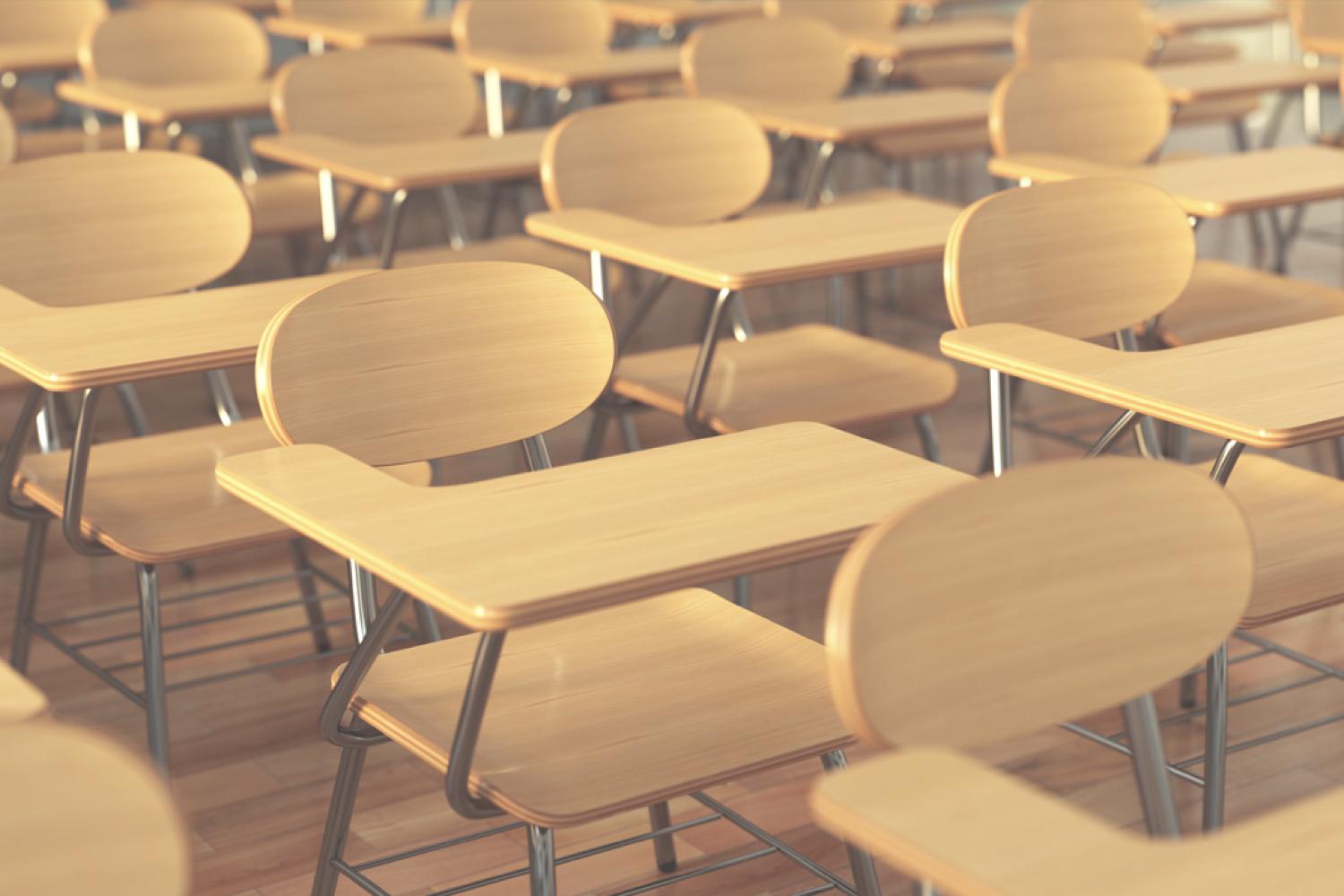
JIS Safety Updates
October 2023
Bullying /Definition, Prevention and Intervention for all school stakeholders
What is Bullying?
The definition of bullying is a purposeful, aggressive, repeated act to a lesser power.
For a behavior or incident to be labeled as bullying, all THREE legs must be in place.
-unwanted agressive behavior
-repeated or potential for repeated behavior
-real or perceived power imbalance
Categories of Bullying:
1) Physical-involves hurting a person's body or posessions.
2) Verbal-involves saying mean things such as name-calling, inappropriate sexual comments, taunting or threatiening to cause harm.
3) Social/Relational-involves hurting someone's reputation or relationships.
4) Electronic/Written Communication-involves cyber-bullying, collective or group note writing including through use of electronic devices.
Considerations for Meeting the Definition of Bullying:
There are several things to consider when determining if a student's behavior meets the definition of bullying.
1) History-The history between the individuals. Have there been past conflicts?
2) Power differential-Is there an imbalance of power? (Power inbalance is not limited to physical strength.)
3) Repetition-Has this or a similar incident happened before? Is the individual worried that it may happen again?
Roles of Parents in Community-Wide Bullying Prevention Efforts: What can we do?
Show warmth and be engaged-children who spend time quality time with family decreases the likelihood that a child will bully others.
Learn about bullying-to dispel myths about its nature, prevalence, effects, and best preactice in prevention. The StopBullying.gov infographic may be a helpful tool in grasping key information and sharing it with others.
Talk about bullying-Talking with kids about bullying helps them understand what it is, why it is harmful, and how to respond. Discuss and practice what they can do when they encounter bullying. Give tips for dealing with bullying that they may experience, such as saying "stop" directly and confidently, walking away, and getting help from adults. Talk about how they can help others who are being bullied, by speaking up, showing kindness, and telling an adult.
Model how to treat others with kindness and respect-Children learn by example and will reflect the attitudes and behaviors of their parents/caregivers.
Bullying Reporting Process:
The four documents below outline the Baugo Community Schools board policy on reporting bullying as well as the documents needed to submit a report. If you do not have access to a printer you can request these documents at any of our schools.
BCS_Bullying Reporting Process.pdf
BCS_Reporting Bullying Form.pdf
BCS_Bullying Investigation Report.pdf
Bullying fosters a climate of fear and disrespect that can seriously impair the physical and psychological health of its victim and create conditions that negatively affect learning. We here at Baugo Community Schools take every reported case very seriously and follow the district guidelines for reporting, investigating, and putting a stop to bullying.



